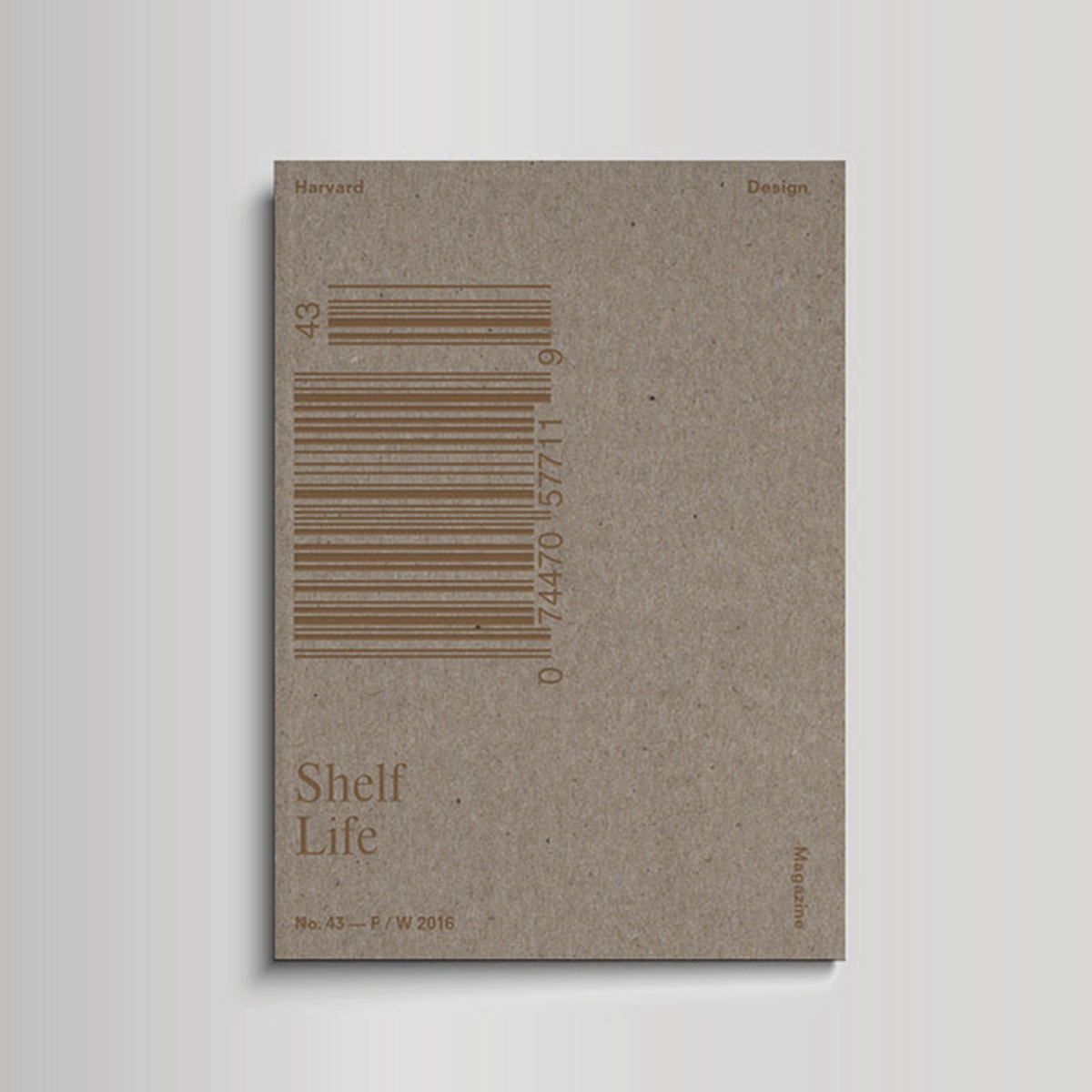Submitted by WA Contents
Harvard Design Magazine’s Shelf Life Now Available To Purchase
United States Architecture News - Dec 27, 2016 - 18:08 11894 views

Harvard Design Magazine has released its 43rd issue titled Shelf Life.
The more stuff we accumulate, the more space we need to store it all. Vast portions of the landscape are claimed and governed by spaces of storage, their maintenance, and the goods that move through them—or remain buried within them indefinitely.
This issue of Harvard Design Magazine investigates and unpacks the contents, containers, and systems of storage that organize our world.
Storage is the aggregation and containment of the material and immaterial stuff of culture; but also the safeguarding—or hoarding—of energy and tools for some imagined future purpose. How does all this stuff mask or overcompensate for economic and ecological bankruptcy? Is storage about greed or need? Storage, perhaps, is everything we can live without but insist on living with.
“Shelf Life” explores what’s inside the box (shed, tank, urn, vault, crypt, crate, case, pot, bag, vat, morgue, safe, bin, archive, warehouse, cabinet, cellar, cemetery, depository, locker, freezer, landfill, library). Even as we attempt to reduce and recycle, the stuff that we dispose of also needs to be stored. Where do we put it? Our planet is now a saturated receptacle. This warehouse is full, and we’re all inside it.
The magazine combines contributions by noted critics and historians including Emily King, Clare Lyster, and Mimi Zeiger; designers Jacques Herzog, Anupama Kundoo, Jonathan Olivares, and Kersten Geers; and unexpected voices like artist Tom Burr, novelist Brian Evenson, food historian Darra Goldstein, illustrator Maira Kalman, and many others.

Subscribe now and receive "Shelf Life" and other great issues
Top image: Andreas Angelidakis, Villa Savoye from the Domestic mountain series, 2012.
> via Harvard Design Magazine